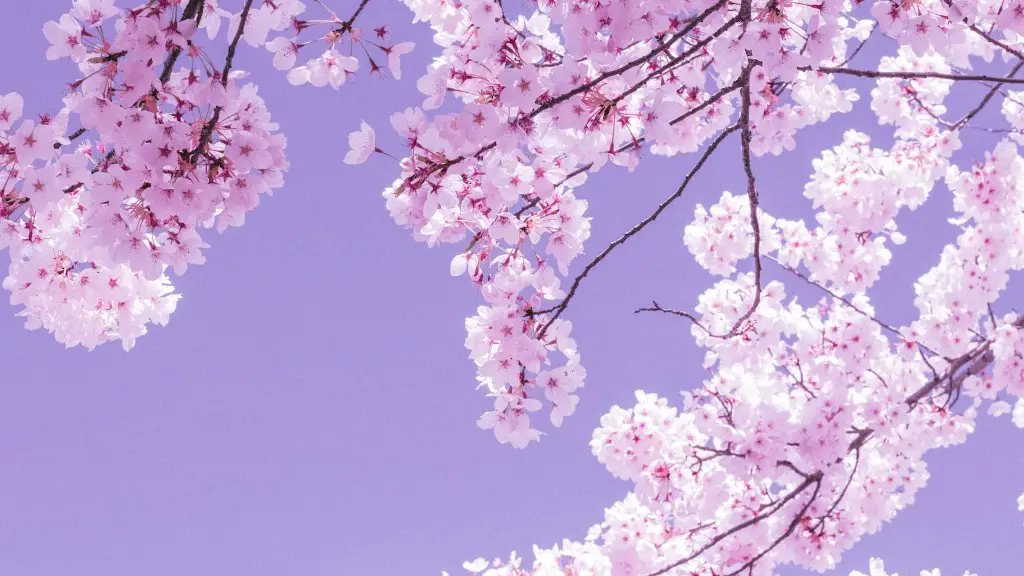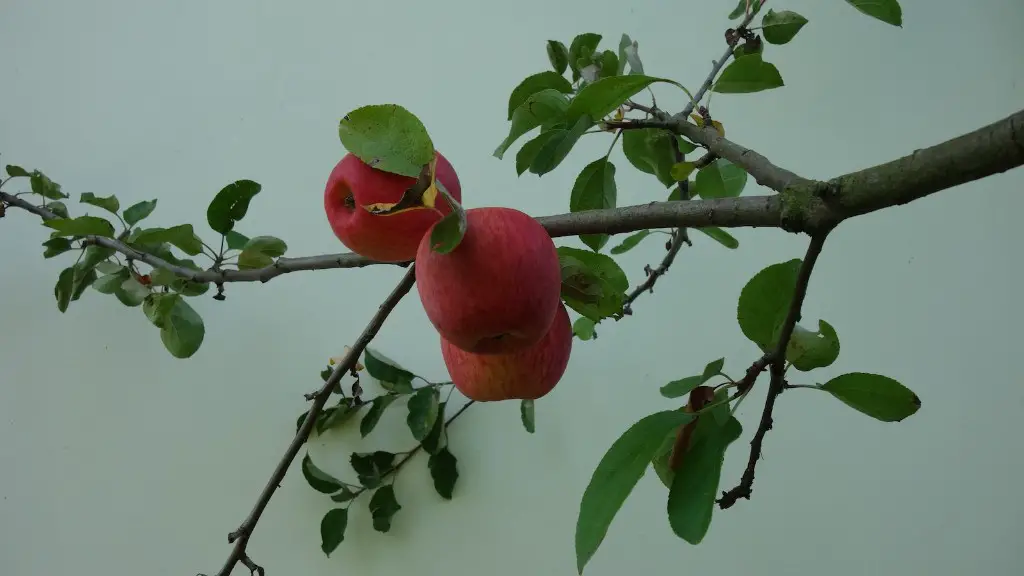When it comes to planting a cherry blossom tree, there are many factors to take into consideration. Whether you’re thinking of positioning it in your garden for beauty or for shade, the tree’s positioning and the replanting process are very important. Proper replanting of any tree is essential in ensuring that it is able to grow and thrive in its new environment. Here are some ways to properly replant a cherry blossom tree.
Choose a Suitable Location
It is important to consider the size and shape of the tree when finding the right spot for a cherry blossom tree. Take into account the fact that cherry blossom trees can grow up to 30 feet and bear wide canopies. Thus, pick an area that is large enough for the tree to have enough room to grow. Also, be conscious of where surrounding plants, sidewalks, and buildings are located so that not too much light is taken away from the tree when it grows into a larger size. Generally, cherry blossom trees are best planted in areas that receive partial sun and in soil that is fertile and well-drained.
Prepare the Soil
When prepping the soil, it is important to loosen the soil in the area where the cherry blossom tree will be planted. In addition, remove any weeds, rocks, and debris. Make sure to keep the soil as clear as possible so that the tree can transition and settle more quickly. Adding organic matter to the soil will also be beneficial in promoting healthy tree growth in the future, as it will provide the tree with essential nutrients.
Choose the Right Time
Most experts recommend planting cherry blossom trees during the fall or winter season when temperatures are cooler. Planting a tree during this time ensures that the tree is able to transition to its new environment and thrive as much as possible. Additionally, during the warm summer months for trees can be especially susceptible to diseases, so proper care and replanting is extra critical during this season.
Dig the Right Hole
When replanting a cherry blossom tree, it is important to dig a hole that is twice as wide as the root ball. The root ball is the portion of dirt and roots that comes with the tree when it is bought. Make sure the bottom of the hole is flat and enough soil is applied to the back-filled area of the hole to create a slight mound. This is useful in actively encouraging the growth of your tree’s roots.
Place the Tree
Once the hole is dug, you are ready to place your cherry blossom tree in the new area. Carefully transfer the tree from its container and inspect the roots for any signs of damage or overcrowding. Ideally, the roots should be neatly arranged. When placing the tree in the hole, make sure to line up the tree’s trunk with the mark you previously made. When re-filling the hole, use the same soil from before and pack it firmly to ensure that there is minimal air in the soil.
Mulch and Water
Once the hole is filled, it is important to spread a layer of organic mulch around the base of the tree to ensure a protective layer between the tree and soil. This will help preserve moisture and protect the tree’s roots. Finally, the new Cherry blossom tree should be given enough water on a regular basis to ensure growth. As a rule of thumb, it is usually best to provide more than the recommended amount of water to promote adequate growth.
Fertilize Plants Based on Need
Although cherry blossom trees require minimal fertilizer, they may need a booster fertilizer when they are first planted. If you choose to use fertilizer, make sure it has a balanced nutrient content and is specifically tailored for the type of tree you’re planting. Be sure to research and follow the instructions correctly, as over fertilizing can lead to serious damage to your tree.
Keep the Area Clear
It is important to protect your newly transplanted tree from any damage. To do so, do not bother the tree during the first few months of replanting, as this can cause serious damage and stunt the tree’s growth. In addition, keep the area around the tree free from debris and weeds so that the tree can get adequate water, sunlight, and access to proper nutrients.
Prune Trees Accordingly
Prune your cherry blossom tree accordingly to shape it in whatever way you’d like. Take note tha,t cherry blossom trees may require more pruning than other species. Even so, if you choose to prune the tree, make sure to cut it back gradually and lightly. Excessive pruning can cause irreparable damage and eliminate future blooms. Proper pruning will open up the canopy of the tree and increase the blooming rate.
Observe and Monitor Growth
Finally, it is important to observe and monitor the growth of cherry blossom trees progress. Be on the lookout for any signs of diseases or significant damage. Additionally, make sure the tree is given enough water and sunlight, as this will enhance its growth. It is best to visit the tree every week to make sure that everything is in order. When these simple steps are followed, the replanting process will be successful and the tree will thrive.

